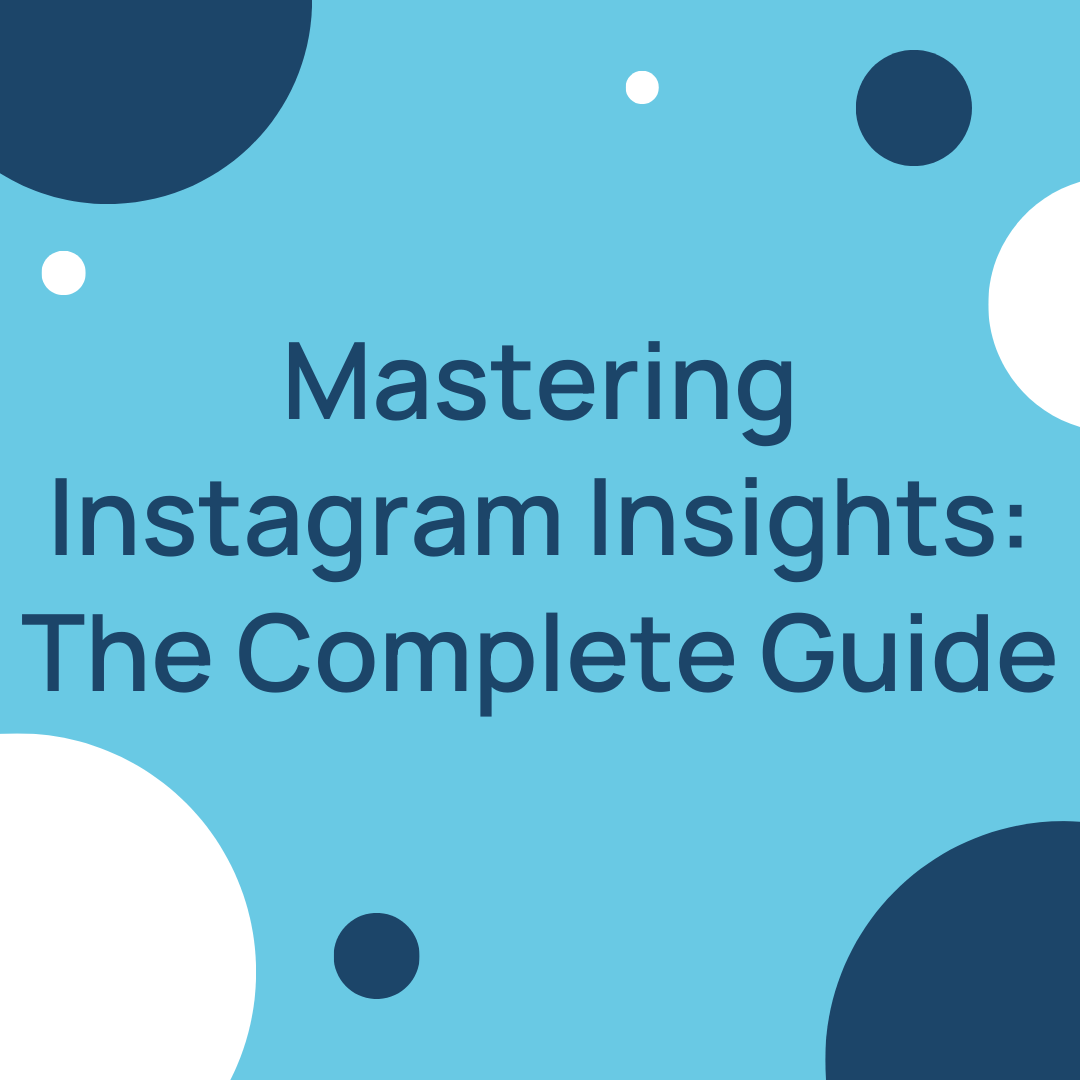How To Reuse And Recycle Your Video Content Across Different Social Media Platforms
Ivan Ivanov posted on 13 July 2017
Just a decade ago, each and every social media platform was different at its core. Twitter had hashtags, Facebook was more personal, and when Instagram launched in 2010, it was all about sharing and liking photos.
Today, the lines between the biggest social networks have blurred to the point of evaporation. While each and every company has its own brand, there are more similarities now than there are differences.
With updates over the years, one of the major items that makes the platforms even more similar than before is video. You can share videos on Facebook, Instagram and Twitter. Of course, the limitations on each platform are different and people do tend to engage with different types of media on all the platforms, but this has opened the doors for marketers to re-cycle video content like never before.

After a simple investment in one single shoot, you can end up having ready-to-go videos for all the major social media platforms, including the video sharing king YouTube. And what’s even better is that you have four times the chance to increase your engagement or go viral on a platform.
The Differences Between Videos Across Social Media Platforms
To get a better glimpse into how different videos are across the social networks, we will take a look at how Cadbury, an infamous UK chocolate brand, has gone on to promote one of their marketing campaigns across different platforms.
The Match Made in Heaven campaign by Cadbury was used to promote their new product in partnership with Oreo. On social media, the brand posted multiple videos, all being different from one another.
Facebook Video is Short and Sweet
Facebook doesn’t have a lot of limitations for video posting, but users on the platform tend to prefer shorter videos. Often seen without the sound turned on, videos posted on Facebook by marketing agencies usually focus on the visuals and aim to implement the marketing message within the visual media of the video itself.
YouTube is More Personal and Promotes Communication
YouTube, on the other hand, is a platform that often promotes longer videos. Nevertheless, some companies, such as Cadbury, often tend to go for shorter skits. What’s more, people on the platform prefer informative videos that spark a conversation, promote communication. On top of that, YouTube videos are more personal. This is perfectly reflected in the videos of Cadbury in the same marketing campaign.
Twitter Video is (Often) Shorter for YouTube
Here is one real life example of video content recycling. Twitter video tends to be informative and marketing agencies often aim to spark engagement via the video itself.
Instagram is all about the Art in the Media (Video) Itself
Instagram is a platform where people tend to enjoy the artistic aspects of the content they are presented with. While the differences between photos on Instagram and photos on Facebook can be obvious, things aren’t as clear when it comes to video itself. Nevertheless, you can see how brands tend to tackle video on Instagram and add an artistic touch, much like Cadbury did in the example below.
One’s nutty & one’s smooth… and we don’t just mean new Cadbury Dairy Milk Oreo flavours! @Rylan + @danpneal = #PerfectMatch #FreeTheJoy pic.twitter.com/mYU1a6VanB
— Cadbury UK (@CadburyUK) March 10, 2017
When your head finds the perfect pillow… @FleurDeForce & @MikeDeForce go together like Cadbury Dairy Milk & new Oreo flavours! #FreeTheJoy pic.twitter.com/PsAI9nAtqr
— Cadbury UK (@CadburyUK) March 10, 2017
How to Do Proper Social Media Video Re-cycling
Now, we are not video production experts and the aforementioned insights aren’t scientifically accurate. However, it’s relatively easy to see what brands do right and where they are wrong, especially when looking at the hard stats and numbers.
Despite Cadbury not taking full advantage of full video content recycling, there are multiple social media campaigns in which brands have re-used their videos across multiple platforms. While just clicking a button to upload it to another platform is simple enough, here’s just how you can do proper social media video re-cycling the right way, from the very start of your campaign to hiring the proper video production teams.
The 5 Steps Towards Successful Social Media Video Promotion
One of the best ways to ensure that you are able to properly re-cycle your video content for different social media platforms is to take charge of the video marketing campaign as a whole. Yes, it’s easy to hire a third party to make the shoot and at often times, all a client gives us is the ready marketing video itself. Nevertheless, whatever the case might be, these steps will help you to make up your mind on how to properly recycle your video content.
Step 1: The Creative Idea
The first and most important step of each and every marketing campaign is the creative idea itself. What’s the marketing message you want to send and how does it translate to video? With content recycling in mind, make sure that you have the right creative idea that will translate on different social media platforms.
Step 2: The Platform Check
Next, make sure to note the idea behind your content re-cycle process. Consider how you want your creative idea to be translated for each platform. Write down the different angles you’ll check out the content from. If you have a script of the video, make sure to write a version for each different social network you aim to post your video to.
Step 3: The Shoot/Video Creation
This is often the easiest step of the process. Nevertheless, make sure that you make the most out of it. If you are not certain about how some part of the script will translate towards your desired social network, make sure to change the script on set.
What’s more, making multiple shots of a scene with the angle of having enough content to translate to different social media platforms is the best way to go forward. If you have a producer on set, ensure that he is aware of your idea for content re-cycling from the get-go of the project.
Step 4: Categorizing your Content
One easy way to ensure that you’ll be able to properly re-cycle your video content is to properly categorize it. Even though each video shoot is made specifically for one single marketing campaign, keeping track of the content you have at hand is crucial in the long run. You never know when you might be able to do a #ThrowbackThursday take on a video with the content you currently have.
What’s more, properly categorizing the content you have for the shoot will ensure that you send out just the elements needed for the production of the video to the professionals you’ve hired.
Step 5: Hire Different Production Companies(Specialists) for Each Social Network
Just like Hollywood doesn’t rely on its professional feature film producers and editors to make the trailers for the feature films, but hires third-party trailer production firms, you should aim to hire different professionals specializing in video production for each different platform.
Now, this might seem a costly option, but there are a few ways to make it more affordable, including hiring freelancers, working via a third-party or in partnership with another company and more.
At the end of the day, having a dedicated video for each different platform is a must. Having professionally made content for each specific social media network will enhance your chances of increasing your engagement across the board.
Re-cycling live video is also another great way to ensure that you take advantage of all possible opportunities. For this, all you need to do is to ensure that the live video is recorded in its entirety.
Then simply hiring a third-party to make something out of it, or giving it to your media team to make a short version is the way to go. In most cases, live video streams do not translate into quality marketing videos, but they can be great for YouTube summaries of the live event or short social media skits to remind people of the live event.
Another great tip is that a lot of live streams result in great GIF opportunities. While the audience often takes care of that aspect, you can put the task on your media team to make a few GIFs and spread it out on social media to see how it goes.
Think Rationally and Value your Content
Content can be reused in various ways across multiple social media platform. All you have to do is experiment, be creative and be aware of what type of video content people expect to see featured on each different platform.








